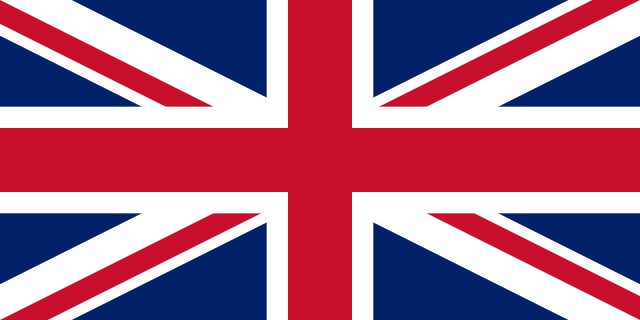masaharusato.com – The Union Jack, also known as the Union Flag, is the national flag of the United Kingdom. It is a prominent symbol of British identity and history, representing the union of England, Scotland, and Northern Ireland.
A Brief History
The Union Jack has evolved over centuries, reflecting the political and historical changes of the British Isles.
- 1606: The first Union Flag was created to symbolize the union of England and Scotland. It combined the Cross of St. George (England) and the Saltire of St. Andrew (Scotland).
- 1801: The Union Flag was modified to incorporate the Cross of St. Patrick (Ireland) to represent the union of Great Britain and Ireland.
The Design of the Union Jack
The Union Jack is a blue field with three crosses:
- The Cross of St. George: A red cross on a white background.
- The Saltire of St. Andrew: A white saltire (diagonal cross) on a blue background.
- The Cross of St. Patrick: A red saltire on a white background.
The crosses are arranged in a specific order, with the Cross of St. George positioned diagonally from the top left to the bottom right, the Saltire of St. Andrew positioned diagonally from the top right to the bottom left, and the Cross of St. Patrick positioned in the center.
The Union Jack in Modern Culture
The Union Jack is a powerful symbol of British identity and is often used to represent the United Kingdom on a global stage. It is flown on government buildings, military vehicles, and at sporting events. The flag is also used in various forms of cultural expression, such as art, music, and literature.
In recent years, the Union Jack has become a symbol of both pride and controversy. While it is seen by many as a positive symbol of national identity, it has also been associated with nationalism and imperialism. It’s important to remember that the flag represents a complex history and a diverse nation.
The Union Jack continues to be a significant part of British culture and identity, and it will likely remain so for generations to come.
